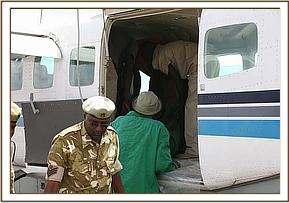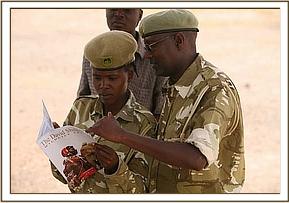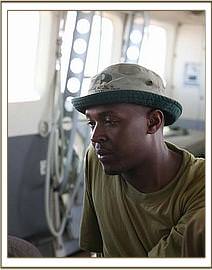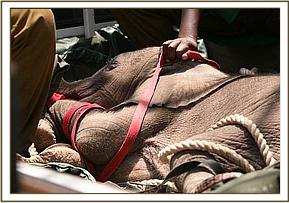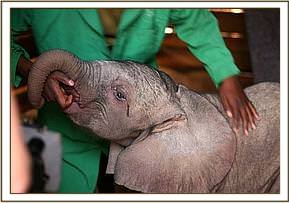Mt
Mt. Kilimanjaro, towering over the Masai Amboseli ecosystem from on the Tanzanian side of the border, used to be in Kenya, but was given to the German Kaiser by Queen Victoria in the l800’s when what is now independent Tanzania was German East Africa was known as Tanganyika! Kenyans feel pretty sore about this now!
As the highest mountain in Africa, Mt. Kilimanjaro is a picturesque and dominant feature of the East Afrcian landscape, the backdrop to iconic images of Amboseli’s famous elephants. Dome shaped like a huge Christmas pudding with a thin layer of snowy icing on the top, today the snowline of its summit is receding rapidly which is very worrying since it is snow melt that fuels the swamps of Amboseli National Reserve and allows it to support a vast array of life, including some l,000 very famous elephants, up until now the only population in Africa that still has its family units more or less intact.


However, now even these are under threat with the increased poaching caused by the increased price of ivory since the advent of Chinese road workers. With the melting of Kilimanjaro’s snowline the water levels of the swamps have risen recently, but when the snow disappears entirely, the swamps will dry, and Amboseli will revert to a barren dry lake bed, jeopardizing its very survival as a wildlife spectacle. 
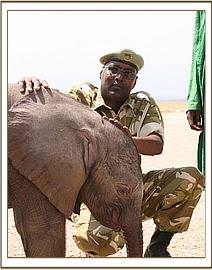
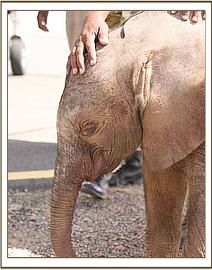
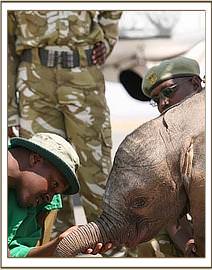
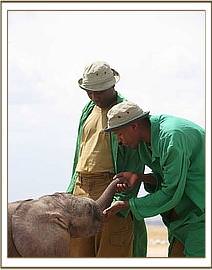

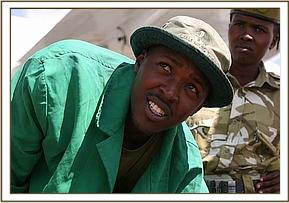

Mt. Kilimanjaro is a volcanic mountain with three cones, Kibo, Mawenzi and Shira. Of these the summit of Kibo is the highest point towering 5,895 metres (or l9,340 ft). above sea level rising from the surrounding terrain that is only 2,500 ft. In the Masai country at the foot of Kilimanjaro is a rocky well dug to serve cattle belonging to the pastoral Masai people of the area – in fact the same well that orphaned 6 month old Mawenzi on the 29th January and which now has wrested another 3 week old baby bull calf from his elephant mother and family just 8 days later on the 6th February.
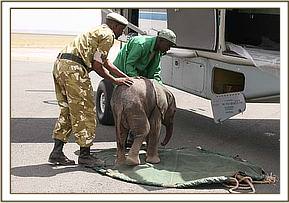


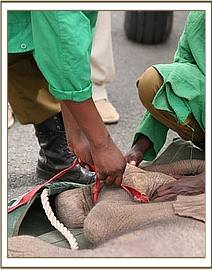
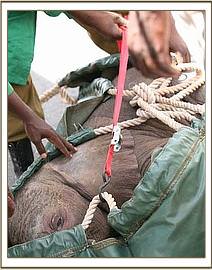

This baby bull who has been named “Kibo” was discovered in the well by Masaai elders who reported his predicament to the Amboseli Elephant Research Project . The calf was rescued from the well at 9.00pm, and was taken to the Amboseli Elephant Research Project Headquarters for the remainder of the night and there he was given water and covered in a blanket and watched over all night. Very early the next morning the Trust was called and a rescue plane and team mobilised. In the meantime the calf was driven to the Amboseli airstrip where he was able to warm up in the early morning sun as they waited for the plane to arrive. The Keepers were able to feed him some milk before preparing him for the flight back to Nairobi. Estimated to be about two to three weeks old, Baby Kibo was in good physical shape on arrival, but for extensive bruising on his back, almost identical to that on the back of Mawenzi. Obviously a priority is to try and sort out that well so that elephant calves that fall in can get out, and this is being addressed.
